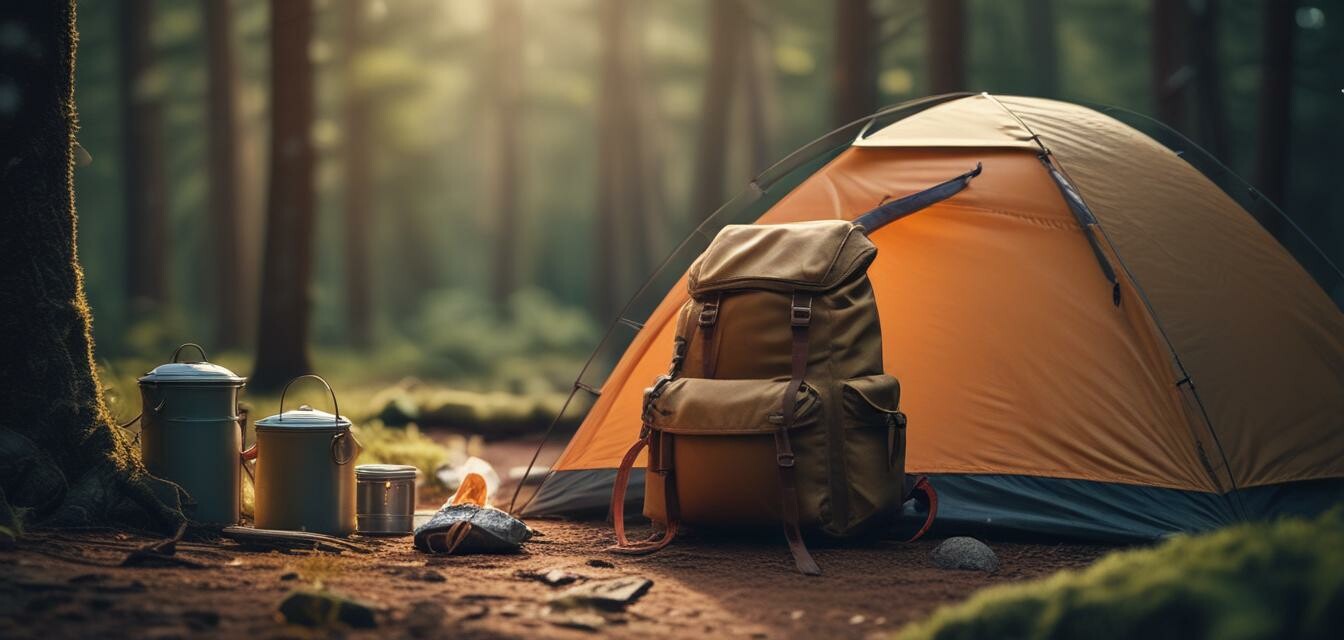
Backpacking vs. Car Camping: Gear Essentials
Key takeaways
- Backpacking and car camping require different gear based on mobility and comfort.
- Essentials for backpacking are lightweight; for car camping, comfort and size can vary more.
- Understanding your camping style helps in making informed gear choices.
- Both experiences offer unique advantages suited for different types of adventurers.
Choosing between backpacking and car camping can be a daunting task for beginners. Each experience offers its own unique advantages and requires different gear essential to the adventures. This blog post breaks down the gear needed for both camping styles to help you make an informed decision.
Understanding Backpacking
Backpacking involves hiking to your camping destination, which means every item you bring matters. Lightweight and compact gear is crucial since you’ll be carrying everything on your back. Below is a list of essential gear for backpacking:
- Backpack
- Tent (lightweight)
- Sleeping bag (compact)
- Sleeping pad
- Portable stove
- Cooking utensils
- Water filter
- Clothing layers for varied weather
- First aid kit
- Navigation tools (map, compass, GPS)
Backpacking Gear Essentials
| Item | Weight | Recommendation |
|---|---|---|
| Backpack | 2.5 lbs | Look for 50-70 L capacity |
| Tent | 3 lbs | 2-person, 3-season tent ideal |
| Sleeping Bag | 2 lbs | Rated for 20°F or lower |
| Portable Stove | 1 lb | Consider canister or liquid fuel stove |
Understanding Car Camping
Car camping allows you to drive to your spot, letting you carry larger and heavier gear. Comfort and convenience become a priority, and you don’t need to worry about weight as much. Here’s a list of essentials for car camping:
- Tent (more spacious)
- Sleeping bag (bulkier options okay)
- Sleeping pad or air mattress
- Cooking setup (larger stove)
- Cooler for food and drinks
- Chairs
- Portable table
- Lighting options (lanterns or string lights)
- Grill or campfire cooking gear
- Games and entertainment
Car Camping Gear Essentials
| Item | Weight | Recommendation |
|---|---|---|
| Tent | 5 lbs | 4-person tent for family or friends |
| Sleeping Pad | 3 lbs | Opt for thicker and insulated pads |
| Cooler | varies | Choose based on your group size |
| Portable Grill | 5-15 lbs | Look for easy set-up options |
Backpacking vs. Car Camping: A Comparison
| Feature | Backpacking | Car Camping |
|---|---|---|
| Mobility | Highly mobile, gear must be lightweight | Less mobile, more gear allowed |
| Comfort | Basic comforts are prioritized | Higher comforts with spacious setups |
| Cost | Invest in durable, lightweight gear | Can invest in quality comfort items |
| Experience | Adventure-focused, nature immersion | Relaxed, social camping experience |
Conclusion
Both backpacking and car camping have unique perks that cater to different adventurers. Your choice between the two ultimately depends on your comfort level with carrying gear and how much you value mobility versus comfort. By understanding the essential gear needed for each camping style, you can confidently embark on your chosen adventure. For more tips, check out our Camping Tips and Tricks.
Pros of Backpacking
- Enhanced adventure and immersion in nature
- Targets off-the-beaten-path locations
- Ideal for fitness enthusiasts
Cons of Backpacking
- Requires more planning and preparation
- Can be physically demanding
- Limited comfort and amenities
Pros of Car Camping
- More comfortable and spacious living space
- Great for families or group outings
- Easier to pack and set up
Cons of Car Camping
- Less immersive experience in nature
- Heavier gear can lead to less exploration
- Can become crowded in popular spots
If you’re eager to learn more, don’t hesitate to explore our complete Camping Buying Guides for an in-depth look at equipment.